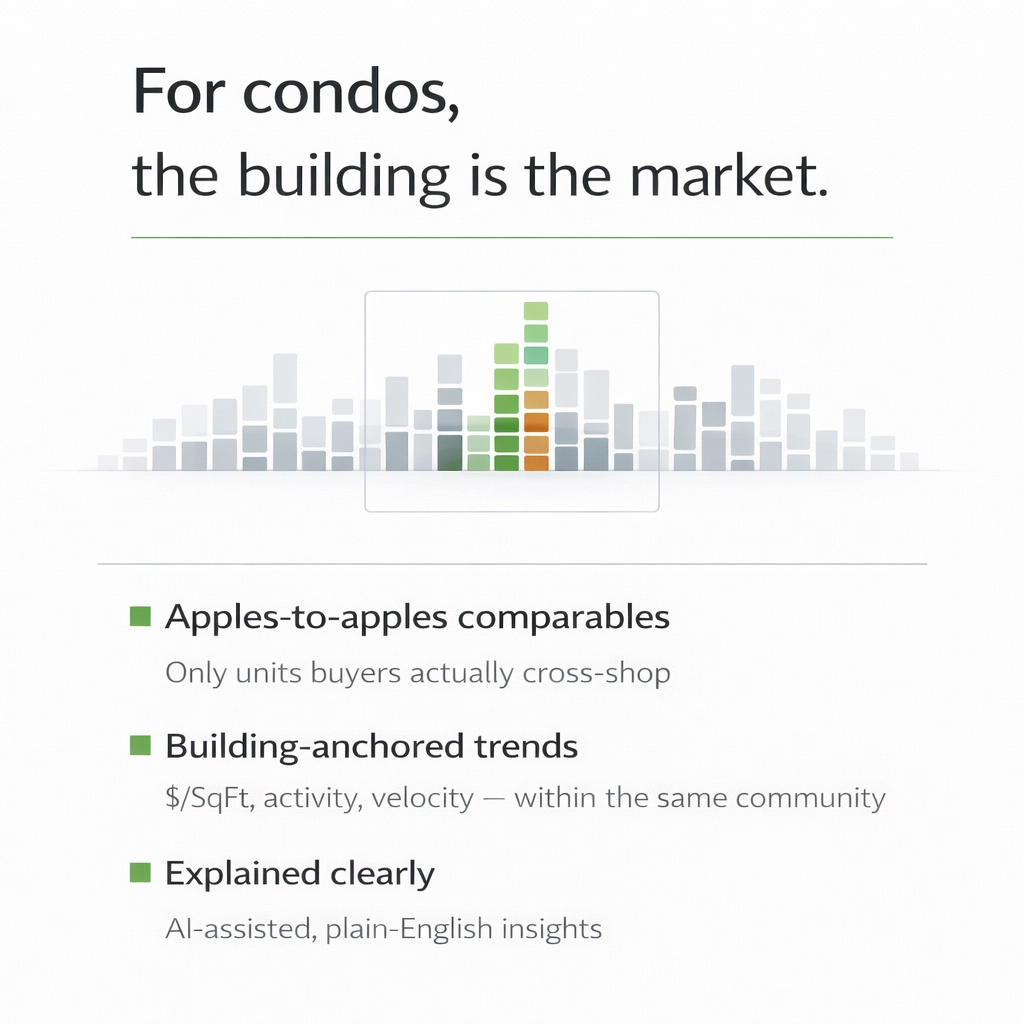Subdivisions, with their meticulously planned streets and uniform homes, have become synonymous with modern residential living. But where did they originate, and how did they evolve to dominate the landscape of today's cities and suburbs? Let's journey through time and trace the fascinating history and evolution of subdivisions.
Origins: An Answer to Urban Crowding
The early 20th century witnessed unprecedented urbanization. Cities, with their promise of employment and better living, attracted masses. However, this influx soon led to overcrowded conditions, inadequate housing, and a decline in living standards. It was evident that cities alone couldn't accommodate the growing population, paving the way for a new form of residential planning - the subdivision.
Post-War Boom and the Birth of Modern Subdivisions
The end of World War II saw a significant shift in housing needs. Soldiers returning home, the baby boom, and the burgeoning middle class increased the demand for private homes. The government's initiative to provide affordable loans to war veterans further fueled this demand.
Enter the modern subdivision. Unlike the congested city, subdivisions offered space, greenery, and a semblance of the 'American Dream'. Developers began purchasing large tracts of land on city outskirts, subdividing them into smaller plots for individual homes. The post-war era, particularly the 1950s, witnessed the rise of iconic subdivisions, with Levittown in New York being a prime example.
The 70s and 80s: A Shift Towards Luxury and Exclusivity
By the 1970s and 80s, as the economy prospered, there was a noticeable shift in subdivision development. The focus moved from merely providing housing to offering luxury and exclusivity. Golf courses, clubhouses, and gated communities became the new norm. Subdivisions started being characterized not just by their homes but by the amenities and lifestyle they promised.
The New Millennium: Sustainability and Community Living
The turn of the millennium brought with it a renewed focus on sustainability and community living. With environmental concerns taking center stage, subdivisions began to incorporate green technologies, sustainable building practices, and community gardens.
Moreover, there was a renewed emphasis on creating 'communities' rather than just 'houses'. Parks, communal areas, and shared amenities aimed to foster a sense of belonging and community spirit among residents.
The Role of Subdivisions in Shaping Modern Residential Patterns
Subdivisions, over the decades, have played a pivotal role in shaping residential patterns. They offered an escape from the crowded cities, providing residents with a blend of urban amenities and suburban tranquility. Moreover, they responded to the changing needs and aspirations of the people, whether it was the basic need for housing post-WWII or the desire for luxury in the prosperous 80s.
Today, as cities expand and the line between urban and suburban blurs, subdivisions continue to evolve, offering a mix of housing solutions, from luxury villas to affordable townhouses.
Conclusion
From their inception as a solution to urban crowding to their current role as diverse residential communities, subdivisions have come a long way. They stand testament to the changing socio-economic dynamics, aspirations, and needs of the population. As we look to the future, one can only wonder how subdivisions will further adapt and evolve in response to the ever-changing world around them.





Comments